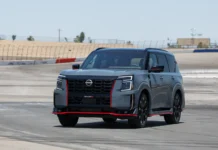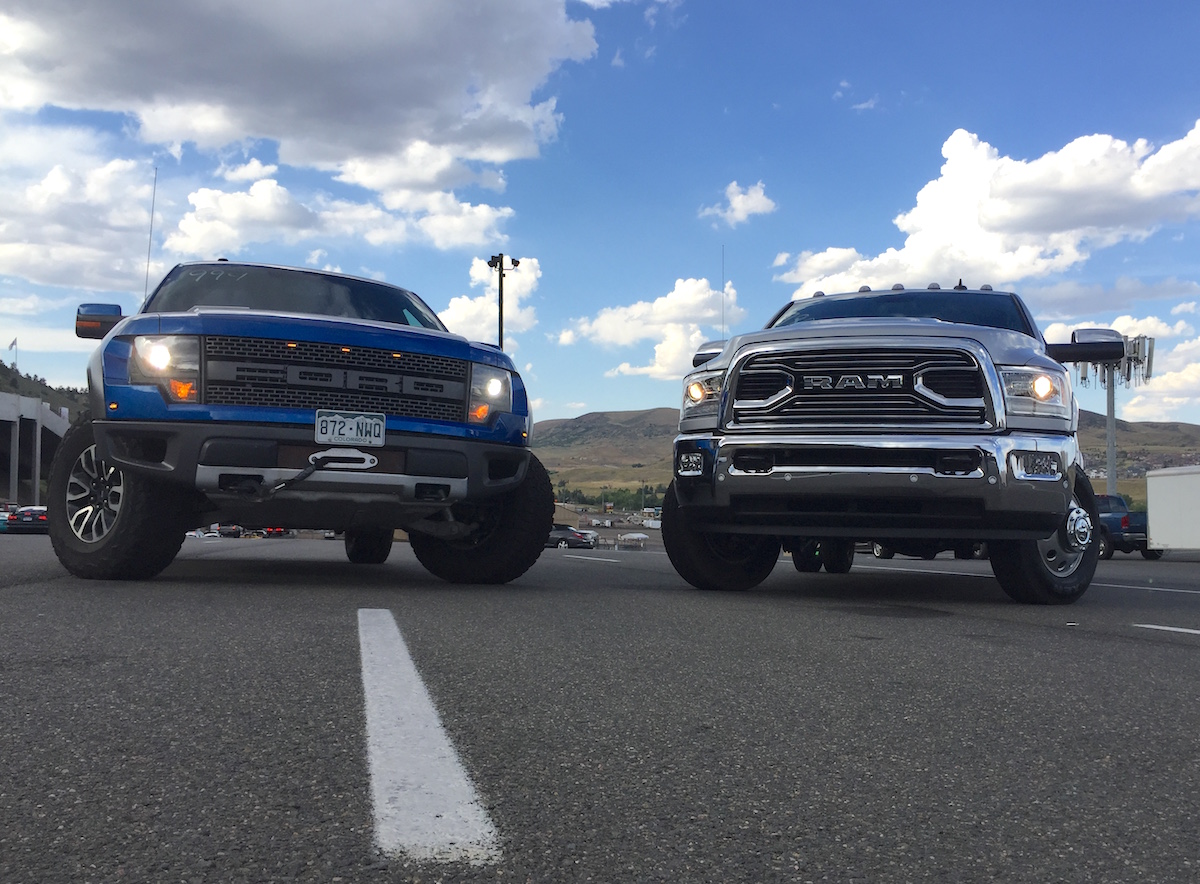
Toyota is consolidating production of common platforms like the Tundra and Sequoia.
On Friday, Toyota announced several plans to change up its SUV and truck production in the coming years. Part of that investment included $1.3 billion in the Toyota Indiana (TMMI) plant and adding 550 new jobs to modernize the facility. That plant produces the all-new Toyota Highlander, while the company also announced changes to its Toyota Texas (TMMTX) plant in San Antonio.
As of early 2020, the plant employs 3,200 people. Toyota says it has invested $3 billion in the facility since it’s been in operation, with the last round of $391 announced last summer. The latest infusion into the TMMTX plant improved Toyota’s capability for “multi-vehicle production”.
Among those changes will be shifting production of the Toyota Tacoma in late 2021. As the plant ceases production of Toyota’s midsize truck, the company appears to be moving all Tacoma production to Mexico. Specifically, Toyota Motor Manufacturing de Baja California (TMMBC) and Toyota Motor Manufacturing de Guanajuato (TMMGT). The latter plant just started building the Tacoma in December 2019. The Guanajuato plant employs 1,000 people and builds 100,000 trucks per year at its current capacity as of early 2020.

Building the Sequoia in Texas
Since 2000, Toyota has built the Sequoia at its Princeton, Indiana plant. As that plant shifts toward the new Highlander and Highlander Hybrid and continues production of the Sienna minivan, the company will cease Sequoia production by 2022. From there, it will move production alongside the Tundra at the San Antonio, Texas facility.
Toyota used to split Tundra production between its Texas and Indiana plants as well, so this would entail bringing the two models under the same plant again. The company stopped building the Tundra in Indiana in 2008.
That makes a good deal of sense, as the full-size truck and SUV are built on the same platform. However, those dates shed more light as to when we’ll see the new Tundra, and the new Sequoia, for that matter. We recently reported that Toyota may be delaying the Tundra until late 2021. This latest announcement aligns with those earlier reports.
This suggests, then, that Toyota planned to shift production of the Tacoma away from TMMTX, so it could retool for the new Tundra in late 2021. Now, it looks like the new Sequoia will shortly follow into production in 2022. Again, that would make sense if indeed the correlation between the earlier reports and this announcement are accurate.
At this point, it’s worth noting that Toyota has not outright confirmed a production date for the new Tundra. We now expect it to arrive as a 2022 model, based on what we’ve seen.

Job losses at the Texas plant?
Friday’s announcement mentioned job additions at the Indiana plant. However, Toyota did not specifically mention whether it would retain jobs at the TMMTX plant, or whether it would expand employment at either of its Mexican plants building the Tacoma.
However, the company has built the Tacoma in Texas for nearly a decade, and it’s currently the best-selling truck in the U.S. As the company needed overtime shifts to cover demand, it’s difficult to see the Tundra or Sequoia taking up that slack. In 2019, Toyota sold 111,673 Tundras and 10,289 Sequoias.
By contrast, the company sold 248,801 Tacomas in the same time span.
Again, Toyota has not officially announced any job losses at the Texas plant at this point. As it stands, the Tacoma will remain in production at TMMTX for at least the next 18 to 24 months.
We’ll keep an eye on Toyota’s developments over the next year, and report on any further announcements surrounding the new Tundra, Sequoia and the Tacoma. Check back to TFLtruck.com for more updates.
















![Which is More Reliable: 3.5L EcoBoost or 5.0L V8? [Reader Question] Second-generation 3.5-liter EcoBoost engine](https://tfltruck.com/wp-content/uploads/2016/05/Second-generation-35-liter-EcoBoost-engine.jpg)
![Which Silverado Engine to Get: 5.3L or 6.2L V8? [Ask TFLTruck] 2016 chevy silverado](https://tfltruck.com/wp-content/uploads/2015/10/2016-chevy-silverado-grille.jpg)
